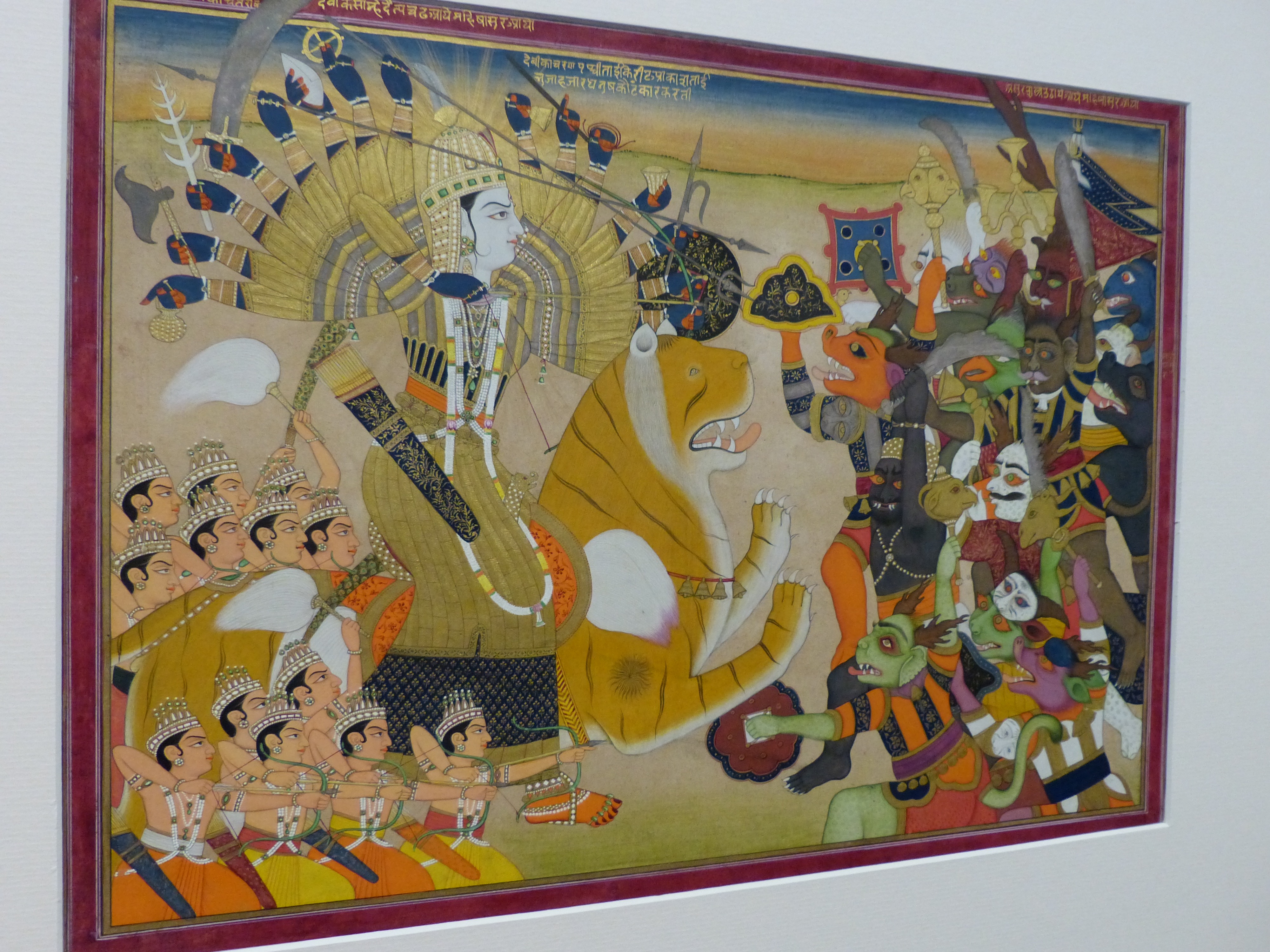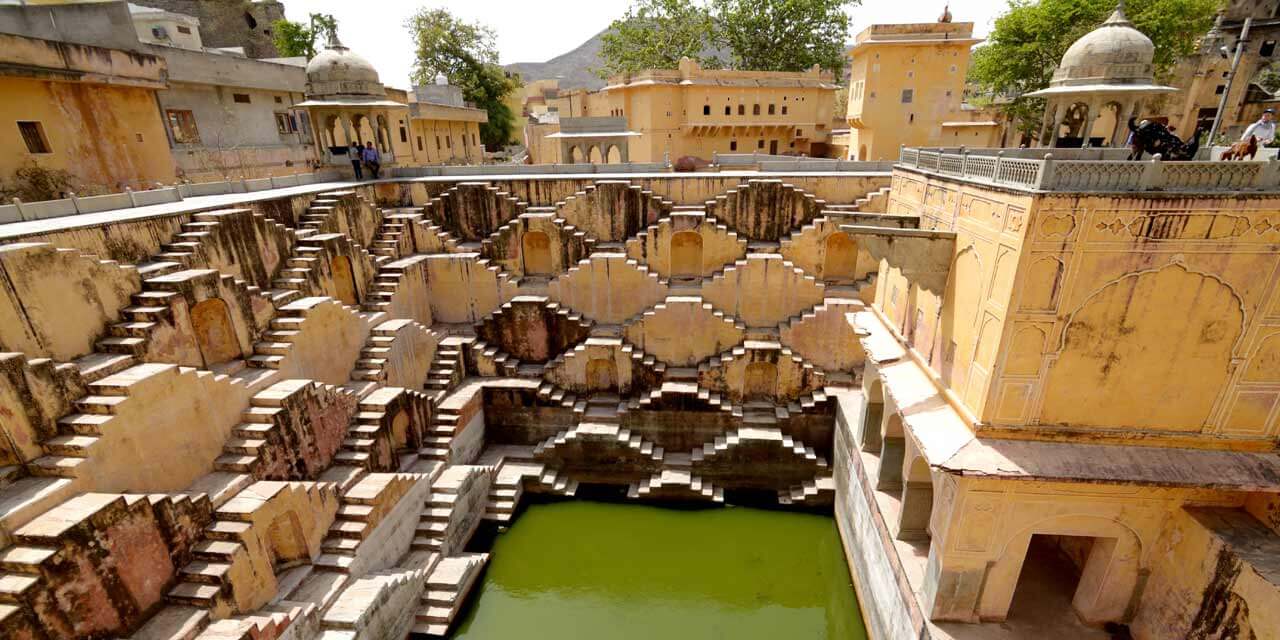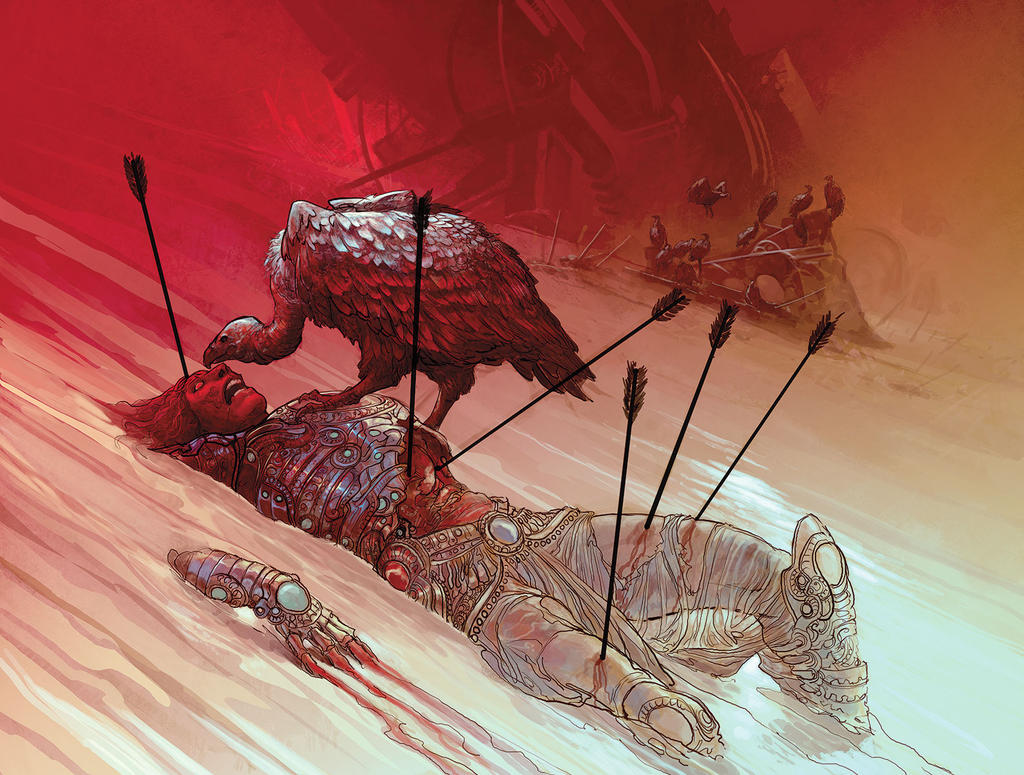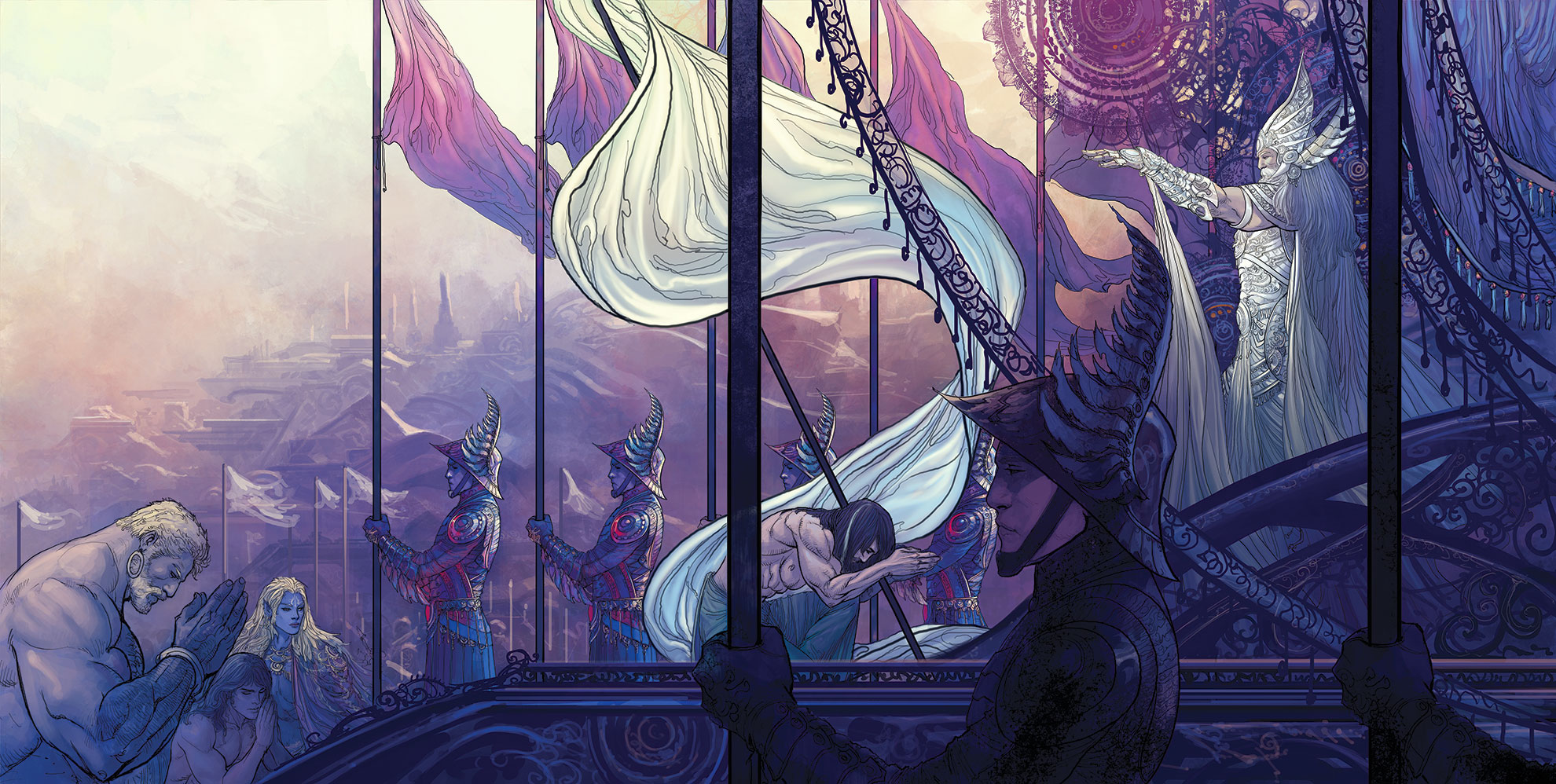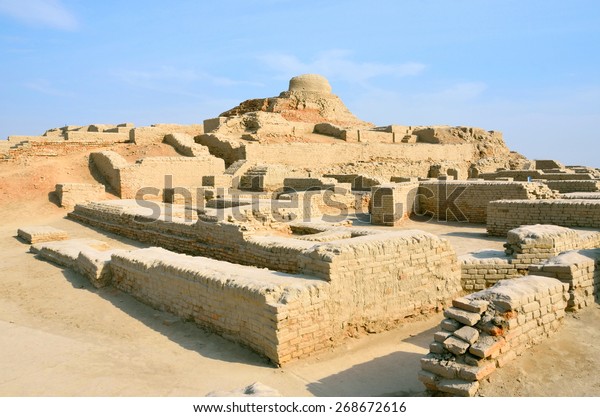BATTLE OF CHANG & THE FAKE STORY
Tejaji had war with the Mer Meena in the valley of Chang at about 15 km distance from Sursura near the Mandawaria village
He killed many Meenas in the war. He was badly wounded in the process to bring Gujari's cows back from dacoits
SCREENSHOT FROM WIKI

THEN GIVE ME ANSWER OF THIS QUESTIONS
- how many cows were stolen ?
- how many cows were killed ?
Now the main point is - valley of Chang about 15 km distance from Sursura near the Mandawaria where the war happened

So lets start to research about the war with logic and technically :
Tejaji had war with the Meenas in the valley of Chang at about 15 km distance from Sursura near the Mandawaria village. He killed all 350 Meenas. It was an unparallel war in history, Tejaji alone fighting with 350 enemies. Tejaji was victorious and got back the cows.
first thing is paner to chang valley is 99KM not 15km
second thing is teja ji take cows and back to paner then Lachha told that Kanan Kerda (one eyed male calf) has yet not come back. Tejaji goes back to the hills where Meenas were hiding
so technically and logically tejaji travel 99km + 99km then again for kanan kerda tejaji travel 99km+99km this is 396km
so its not possible to travel and fight with more then 700 enemies while he was badly injured in first war , and one more interesting thing is teja ji had enough time ( The myth is that he encountered a snake burning in fire that was saved by Teja. That snake cursed Teja and wanted to bite Teja. In fact he had encountered with a Naga chieftain named Balunag who challenged Tejaji for a war. Tejaji assured Balunag that he will come back after fulfilling his promise. Balunag let him go in the direction in which Lachha’s cows were taken by Meenas. ) he help a snake and he talk witth snake about war , this all things happened in a day (24 hours ) STRANGE ?
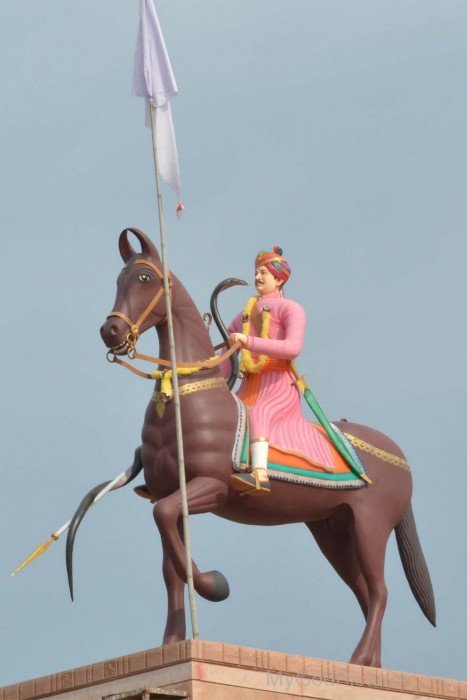
He killed many Meenas in the war. He was badly wounded in the process to bring Gujari's cows back from Meenas. Veer Teja was man of words. He brought all cows back to Paner where Lachha told that Kanan Kerda (one eyed male calf) has yet not come back. Tejaji goes back to the hills where Meenas were hiding. This time he was encountered with about 750 Meenas. He attacked them and brought back Kanan Kerda (one eyed calf). Meenas attacked Tejaji and was seriously injured. He killed many Meenas in this war whose deolis are there in the Mandawaria hills. He came back victorious.
HERE IS REAL STORY :-
Lachha goes running after hearing the noise of his hand. Harkare told that Chang's Meena cows have been taken away from the fence. Lachhan Gujri tells Tejaji that Meena thieves have stolen his cows. Tejaji said, informing Jagirdar Raymal ji of Lacha village to get Laru, Tal, Dhol Bajwa. Got a voice in the village Along with all, I also bring cows free. Do not worry. Ganapati Rayalji of Lachha town Paner goes to Muhta and narrates the complaint. Raymal ji made an excuse.
Lachha goes to the dholi and says to play the drum that you alert the village by playing the twelfth beat. Then she went to the people of the village who used to give information with a voice in the village. Then he finds out that your cow has taken Chang's Meena at the behest of Pemal's mother. The head of the team of Meena of Chang was Kalia Meena, the Dharam brother of Pemal's mother. Pemal's mother has considered everyone for your help.
Then he finds out that cow has taken BY Chang's Meena at the behest of Pemal's mother .
REFERENCE FROM https://good348.blogspot.com/2019/04/blog-post_25.html
STORY CONTINUES '-
Tejeo sets out on his journey to rescue the cows. Reaching the Meenas he challenges them,
‘Where will you go now? Your end has come. You committed a crime by stealing all the cows, O thou Meena thieves.’
The Meenas advise him, ‘Do not disturb us. Go on your way. We have not brought your cows. These are the cows of ManaGujari.
Teja g is irked and answers, ‘These cows are not Mana Gujari’s. You know nothing.These cows belong to me.’ In a flash, he strikes one of the Meena fighters and knocks him to the ground.
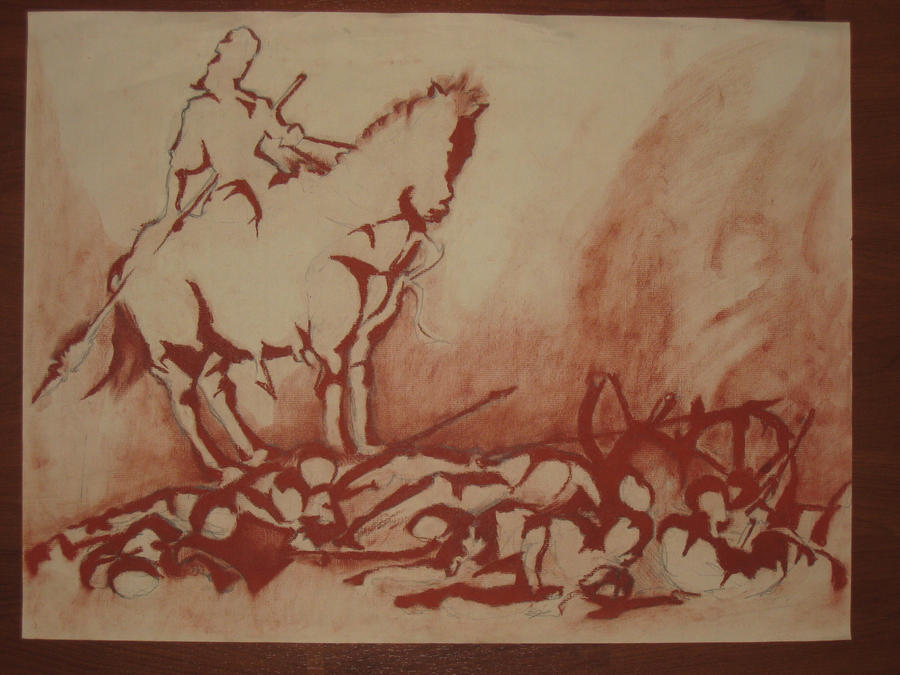
Seeing his power the Meenas surrender and allow him to take away all the cows, except one calf which he must leave behind for them. Tejeo for gives them and leaves the calf as it doesn’t matter much to him. So the Kanya-Kevda (the calf with one damaged eye) is left behind. He collects all the cows and starts returning back to Mana Gujari
Finally the cows arrive at the door of Mana Gujari’s palace. Tejeo calls to her,
‘Take your cows to the cattle-shed and count them.’ Mana Gujari comes down thestairs of her palace and goes into the cattle-shed and counts them one by one. She releases the calves to meet their mothers and to drink milk from them.
After finishing counting her cows, Mana Gujari complains,
‘All the cows have come,but you have left behind my beloved calf. His sole value equals that of all the cows.You left behind my Kanya-Kevda.’ Tejeo criticises her, ‘You are a scheming woman,valuing one calf against all the cows.’
The Gujari answers, ‘Don’t blame me, I do not know anything. My Kanya-Kevda is precious to me. Without him your effort is of no value to me.’
Tejeo makes excuses and says,‘ Go back into the cattle-shed and search for him once again. He must be among them.’ But the Gujari won’t change her tune and is adamant, ‘I have searched around for him everywhere, but he is not here. My heart yearns for him. You would not understand. Don’t mislead me, instead solve my problem.’
Listening to her plight, Tejeo decides to go again. He mounts his mare and proceeds a second time for the war.
Reaching the Meenas he demands the calf.
The Meenas are evasive and say, ‘We have bartered the calf today with the distiller forour daily dose of liquor, now from where shall we bring him?’
Tejeo answers angrily,‘I do not know but you have to bring the calf back to me.’
Finally a fierce battle takes place with the Meenas.

His mare rears up and starts striking their heads with her hooves But Tejeo was also badly wounded by the spearheads of his enemies. He finally kills all the Meenas, making their women widows who start wailing,
‘ All our men are dead. Take away your calf from here.’ Tejeo answers, ‘The feud would have not happened if you had returned the calf earlier. Amound of heads (dead bodies) would not have resulted.’ The women bring the calf and leave him before the mare.
Tejeo leaves the battleground. The calf moves ahead finding his own way back. Tejeo is very badly injured. Lying along the mare he says, ‘Now my faith is only in you. My life is in your hands. ,Carry me back home.’ He reaches the palace of the Gujari and calls her to come down the stairs. He says, ‘Take your calf back which is equal to the value of all your cows. ’Receiving her calf, Mana Gujari tells Tejeo, ‘I will get your wounds treated. I will call all the doctors of the country to medicate you.’ Displeased with her,
Tejeo says, ‘Get away from me. Keep your distance, otherwise my wounds ache more. Send your servant and get the pot filled with milk.’
He requests the snake, ‘Come over to me on the mare, and fulfill your wish and the promise given by me.’ The snake crawls round the mare’s leg, climbs up,and perches on the saddle. He notices Teja’s condition and states, ‘Your body is full of spear wounds. On which place should I bite you?’ Tejeo replies by showing the palms of his hands and his tongue, which are still intact. The snake instructs him, ‘Put your tongue out of your mouth. I have come to bite you.’ Tejeo puts out his tongue.
The black snake, BasakBaba bites him on his tongue and also bites the mare on her left ear.Completing his mission, the snake slithers down from the mare. Losing consciousness, the mare and Tejeo fall to the ground. Then Tejeo calls upon his servant who has accompanied him all the way on his journey,.
‘Take my turban and goto my wife. She will be waiting in anticipation.’ The Charan (his servant of Charan community) takes the turban in his hand and leaves to follow the instructions of his master. Tejeo’s wife is standing on the outskirts of the village waiting for her husband.Reaching her he puts the turban in her jholi(outstretched veil).
The servant informsher, ‘Your husband is lying at the snake hole, bitten by the Basak Baba.’ Hearing thisBodal shrieks, ‘What miserable news have you brought?. God has done very wrongby me. In my childhood I have become a widow. By receiving the turban from you inmy jholi, my body is overwhelmed.’ She then calls to her father , ‘O my father listento me, listen to my words. My husband has gone, his life has been taken away by theblack snake.’ Aware of tradition, she tells her father, ‘Collect nine munn (one munnequals to forty kilogram) of sandalwood and ten munn of ghee.
After being bitten by the snake, before he dies, Tejaji is blessed by an announcement from the sky, ‘In future who ever will be bitten by a snake and ties a tati (thread tiedaround hand, neck or feet) in your name will survive . Your name will always be remembered throughout the world.’The last part of the story is quite tragic where Bodal commits Sati with her husband.It is symbolically understood by everyone, but never sung in the ballad. This is the sensitivity of the ballad;.the heroic deeds of Tejaji are sung and narrated with great reverence but not the saddest part of it.
Instead the final part is narrated like this: Tejeo’s mother has a nightmare. She witnesses Tejeo laying down his life. She goes toTejeo’s father and tells him about her bad dream. She says, ‘Tejeo appeared in mydream and he said that he is sacrificing his life in the struggle to protect the cows.’This is how the story ends with Tejaji’s death. The event may not be described but i sunderstood.
reference - https://www.repository.cam.ac.uk/bitstream/handle/1810/243556/Tejaji_Gatha_Dugari_Translation.pdf?sequence=8


















